Whether you’re a business looking to connect with your audience, an organization trying to convey a message, or an individual seeking to build your personal brand, one of the most effective ways to communicate is through video. Among the various types of video content, talking head videos stand out as a popular and powerful format for conveying information and building trust.
As a full-service video production company in St. Louis with years of experience, St. Louis Video Production Services understands the nuances and intricacies involved in creating professional talking head videos. In this comprehensive guide, we will share invaluable tips, techniques, and insights to help you produce top-notch talking head videos that captivate your audience and effectively deliver your message.
Why Talking Head Videos Matter
Before diving into the tips and techniques, let’s briefly explore why talking head videos are essential in today’s digital landscape:
1. Human Connection: Talking head videos allow viewers to connect with a real person. Seeing a person speak directly to the camera can establish trust, credibility, and a personal connection.
2. Information Delivery: They are an excellent format for delivering information, whether it’s educational content, news updates, product demonstrations, or expert interviews.
3. Versatility: Talking head videos can be used for a wide range of purposes, from marketing and branding to internal communications and training.
4. Cost-Effective: Compared to elaborate productions, talking head videos are often more budget-friendly while still delivering a strong impact.
Now, let’s get into the nitty-gritty of creating outstanding talking head videos:
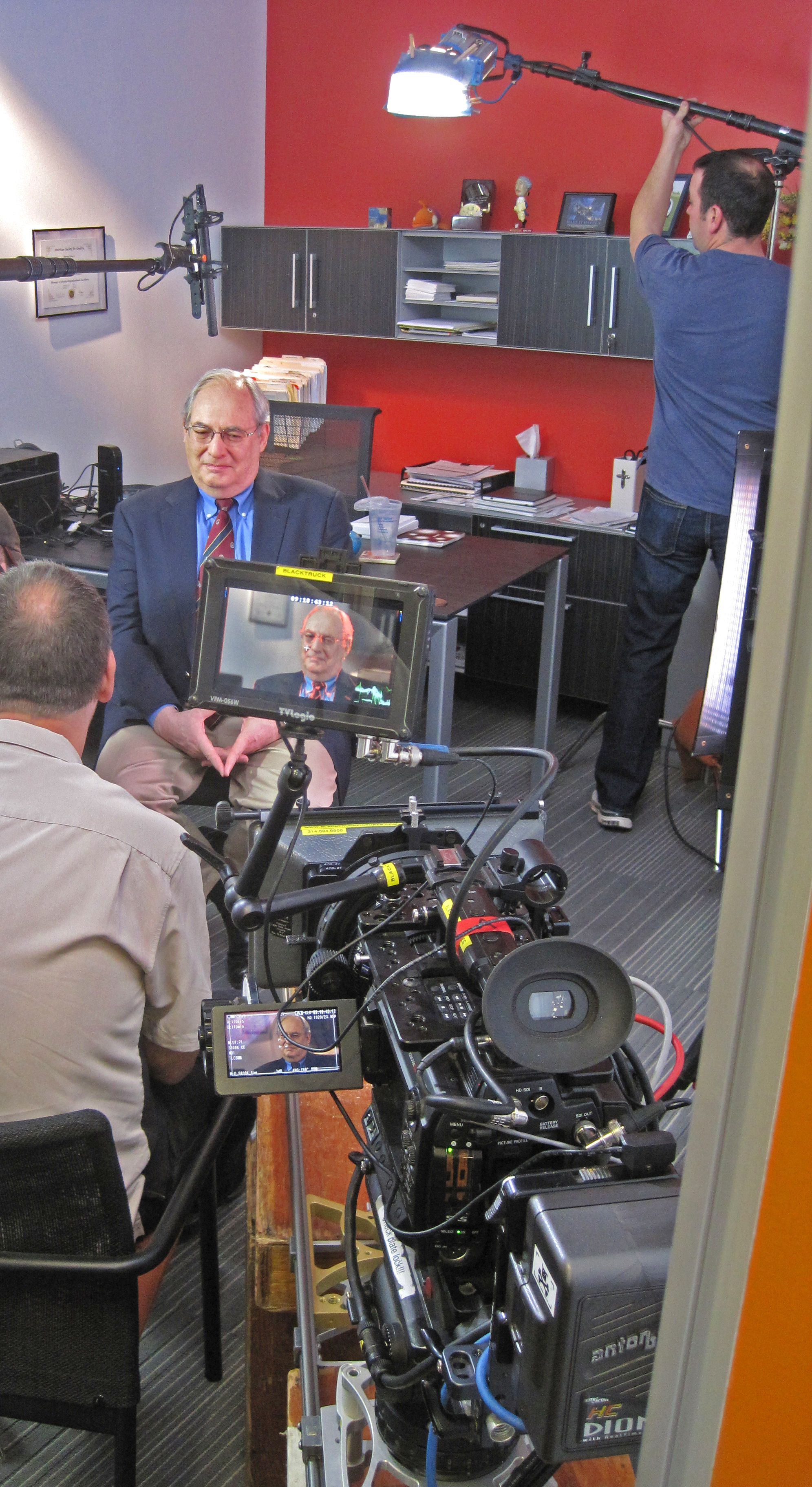
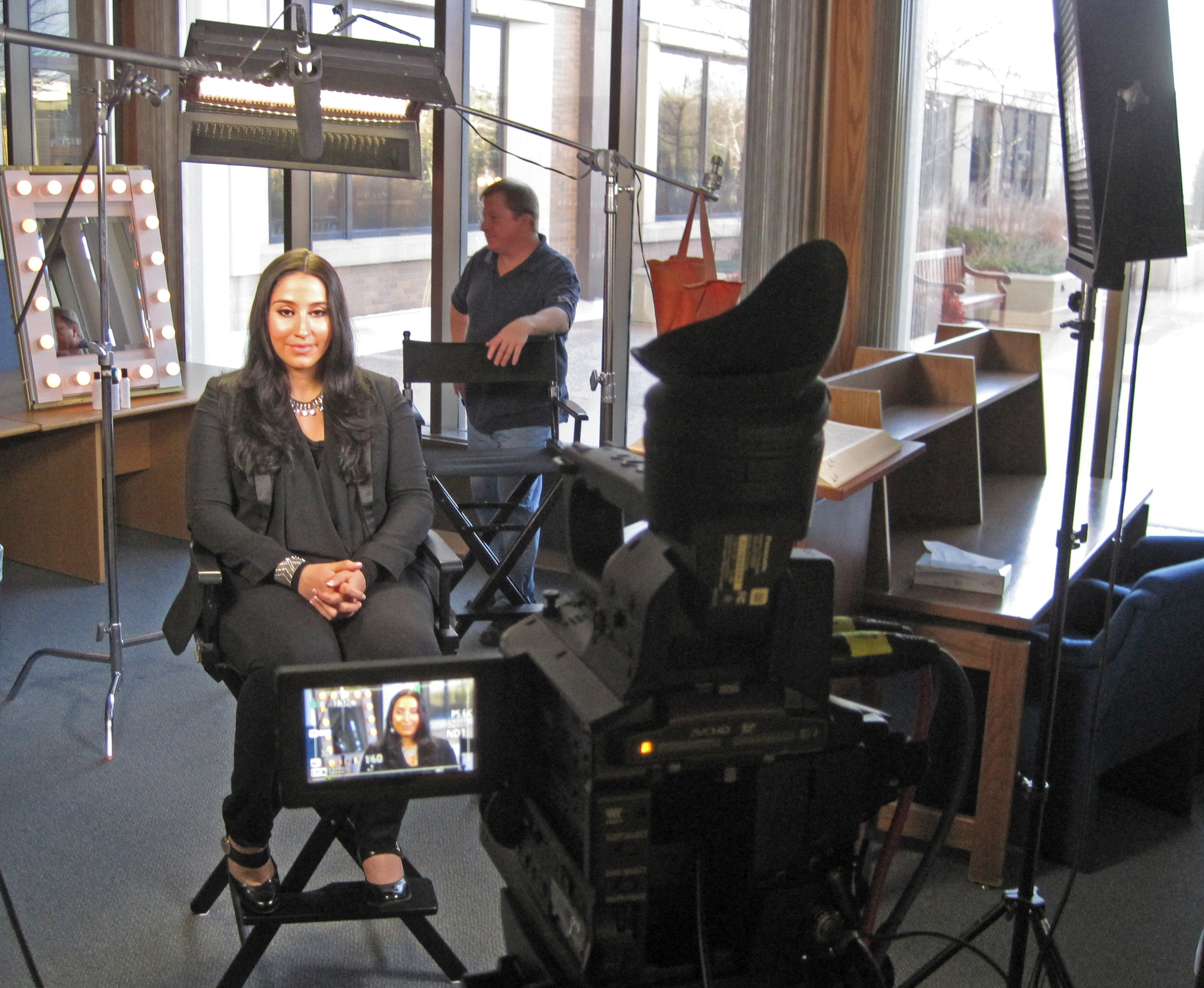
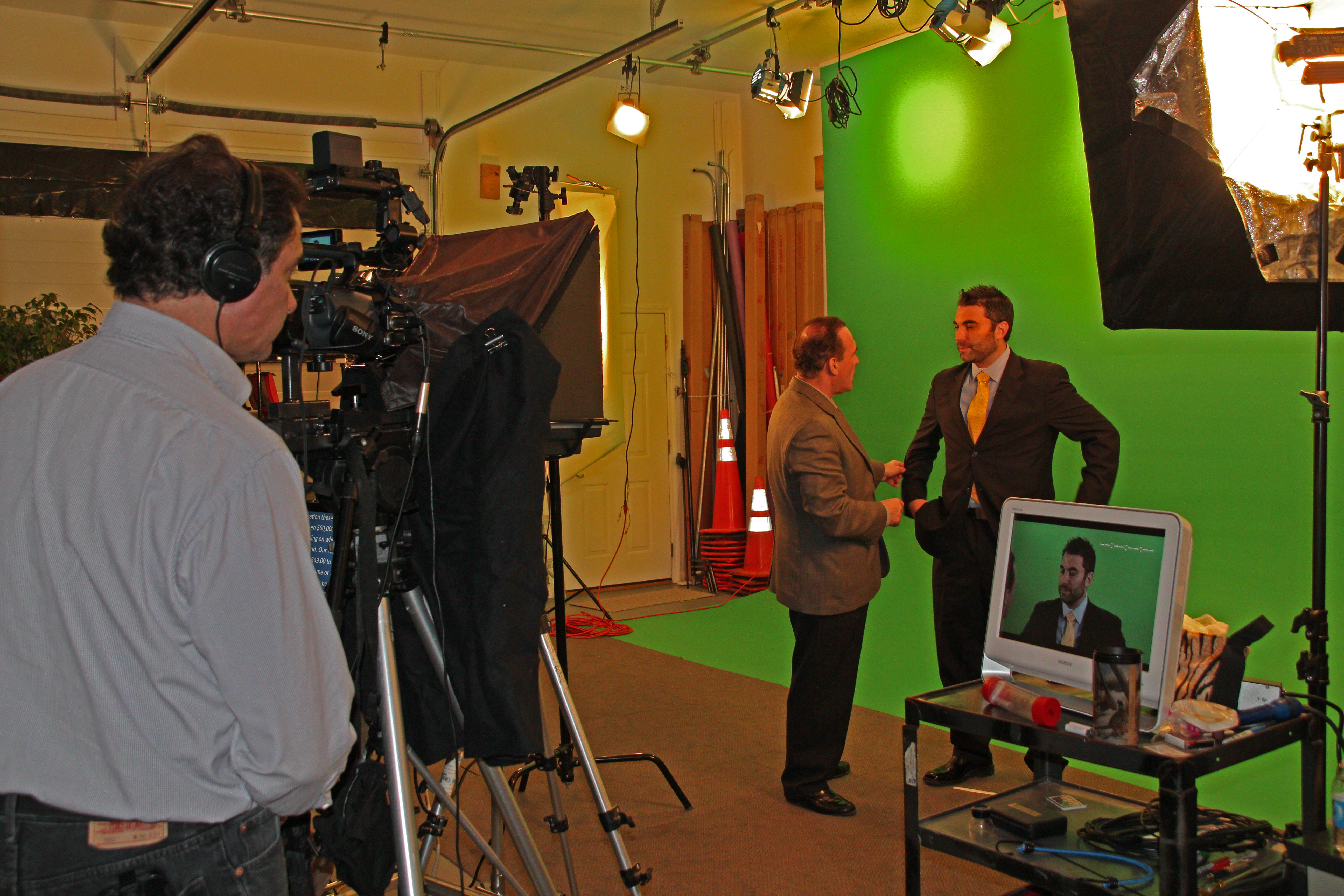
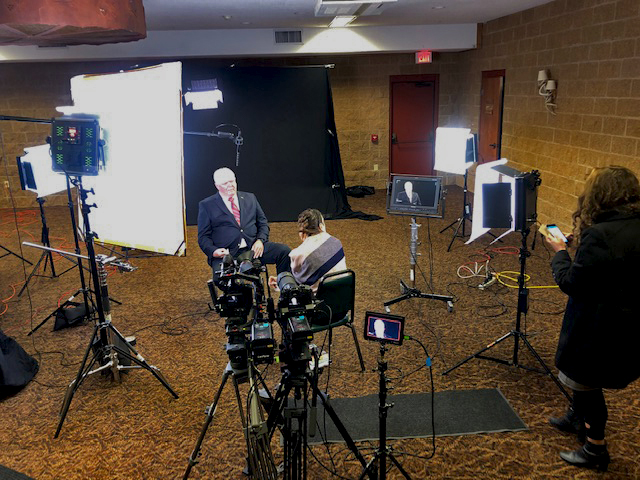
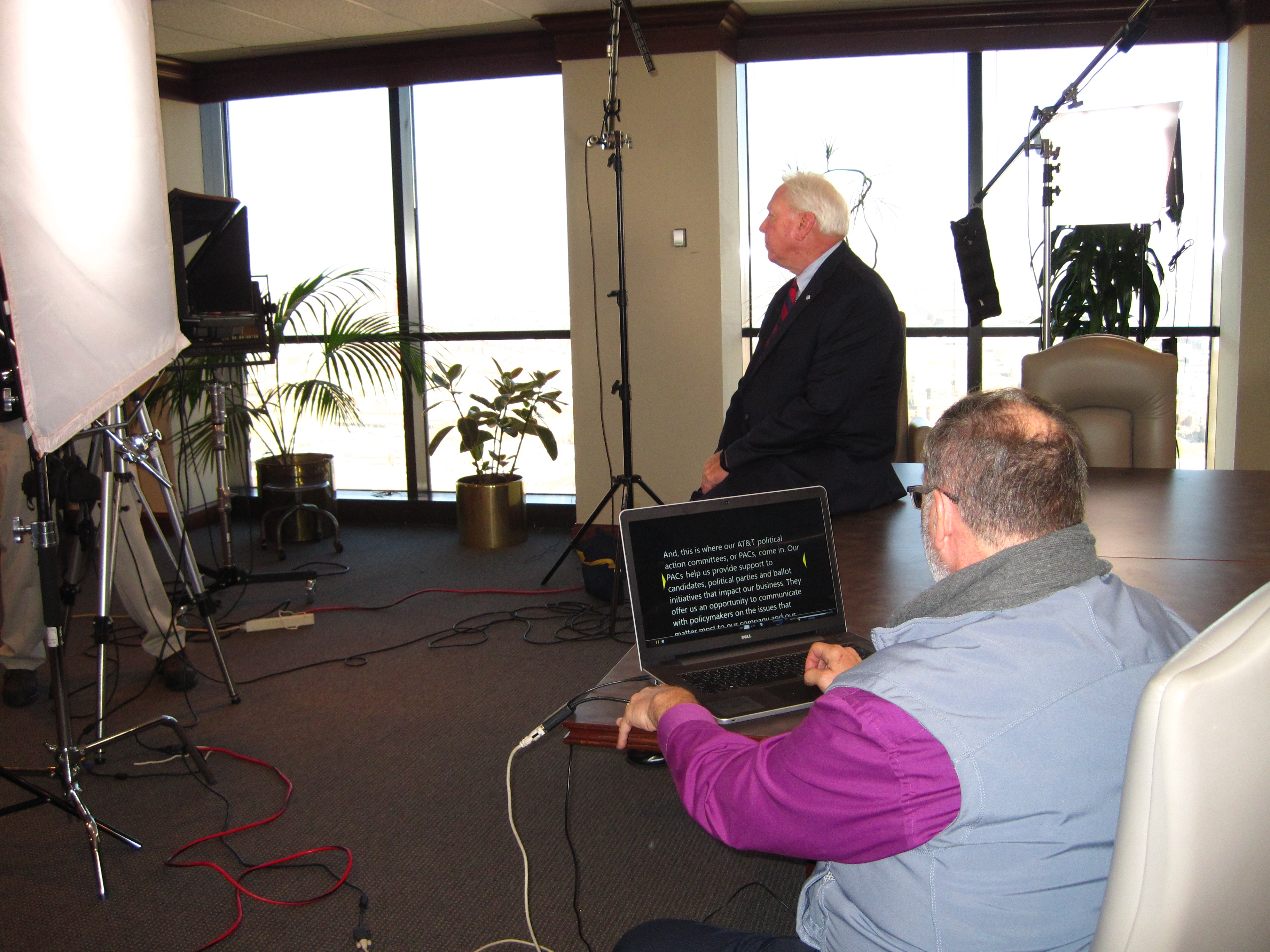
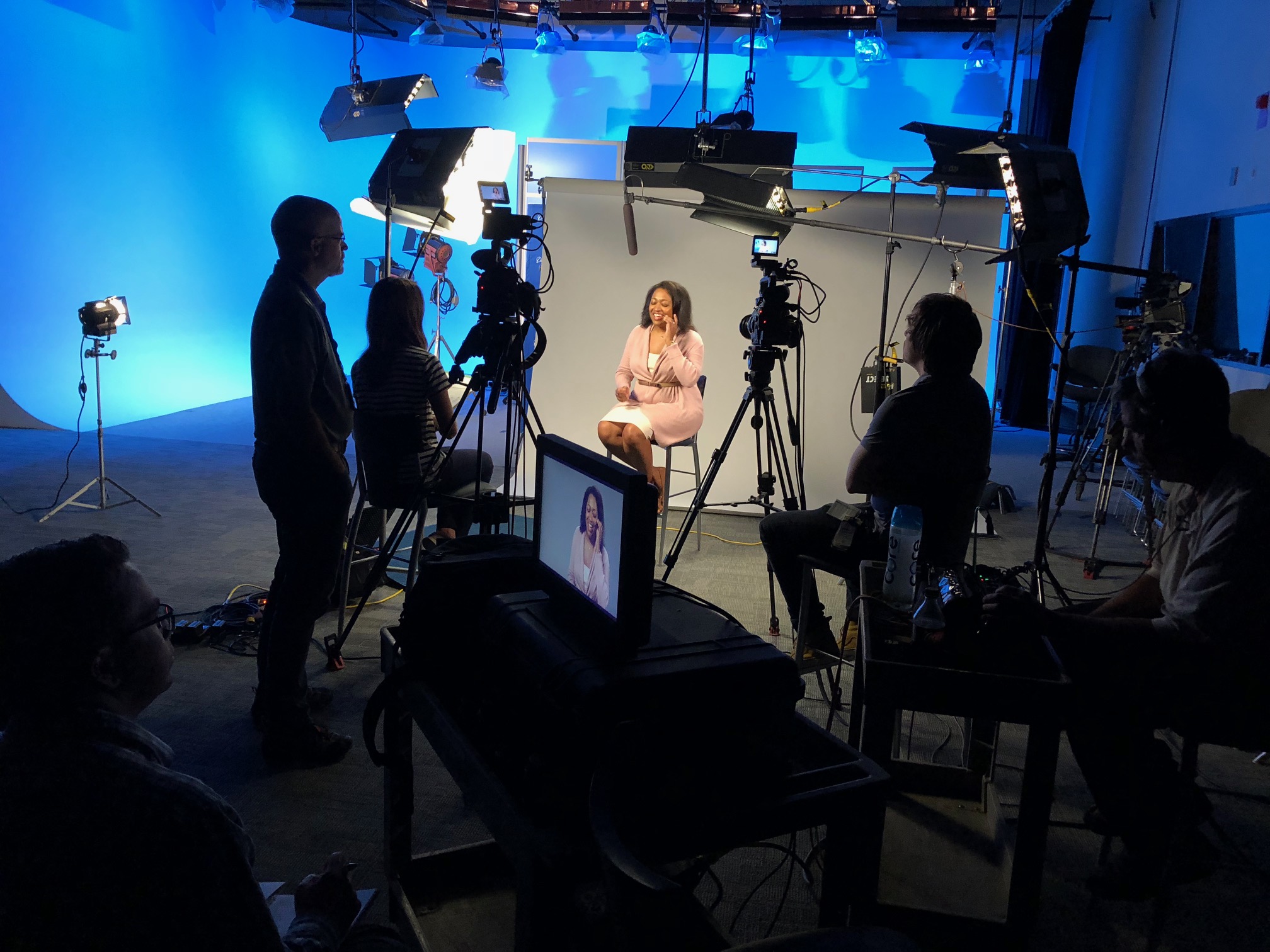
Pre-Production
1. Script and Content
- Plan Your Message: Clearly define your message and objectives. What do you want to convey in your video? Having a concise script is crucial.
- Engage Your Audience: Make your content engaging and relevant to your target audience. Address their pain points or interests.
- Script Review: If you’re not the one on camera, review the script with the presenter to ensure they understand the content and can convey it effectively.
2. Location and Set Design
- Choose the Right Location: Select a clean, well-lit, and uncluttered location that complements your message. Consider using your office, a studio, or a professional set.
- Set Dressing: Pay attention to background elements. They should be relevant and not distracting.
- Lighting: Ensure even and flattering lighting. Natural light or soft, diffused artificial light often works best.
3. Equipment
- Camera Selection: Use a good-quality camera with manual settings for control over exposure and focus. DSLRs and mirrorless cameras are popular choices.
- Microphone: Invest in a quality external microphone to capture clear and crisp audio. A lavalier microphone or shotgun microphone can be excellent options.
- Tripod: Keep the camera steady with a tripod to avoid shaky footage.
4. Wardrobe and Appearance
- Wardrobe Choices: Choose clothing that reflects your brand and message. Avoid distracting patterns or colors that may not render well on camera.
- Grooming: Pay attention to hair, makeup, and overall appearance to ensure a polished look.
Production
5. Camera Setup
- Framing: Position the camera at eye level or slightly above for a flattering angle. Compose the shot to include the presenter’s head and shoulders.
- Rule of Thirds: Use the rule of thirds to create a balanced and visually pleasing composition.
- Focus: Double-check the focus to ensure the presenter is sharp.
6. Lighting
- Three-Point Lighting: Implement three-point lighting with key, fill, and backlight sources to achieve a well-lit and professional look.
- Avoid Harsh Shadows: Use diffusion materials or softboxes to soften shadows on the presenter’s face.
7. Audio
- Audio Check: Before recording, conduct an audio check to ensure the microphone is working correctly and there’s no background noise.
- Monitor Levels: Keep an eye on audio levels during recording to avoid clipping or distortion.
8. Performance and Delivery
- Natural Delivery: Encourage the presenter to speak naturally and confidently. Avoid a monotone or robotic delivery.
- Prompter Use: Consider using a teleprompter for a smoother delivery of scripts.
- Eye Contact: Ensure the presenter maintains eye contact with the camera to connect with the audience.
Post-Production
9. Video Editing
- Editing Software: Use professional video editing software to edit your footage. Adobe Premiere Pro and Final Cut Pro are popular choices.
- Trimming and Cutting: Trim unnecessary footage and mistakes to create a concise and engaging video.
- Color Correction: Adjust colors and contrast for a polished look.
10. Audio Enhancement
- Audio Editing: Edit and clean up audio for optimal clarity. Remove background noise and adjust levels as needed.
- Music and Sound Effects: Add appropriate background music or sound effects to enhance the viewer’s experience.
11. Graphics and Branding
- Lower Thirds: Incorporate lower thirds to display the presenter’s name and title.
- Branding Elements: Include your company’s logo and relevant branding elements.
12. Engaging Thumbnails and Titles
- Thumbnail Image: Create an eye-catching thumbnail image for your video on platforms like YouTube.
- Compelling Titles: Craft a clear and compelling video title and description.
Repurposing and Promotion
13. Content Repurposing
- Leverage Transcripts: Transcribe your video content to create blog posts, articles, or social media posts.
- Snippets: Extract short clips or highlights from your talking head video for promotional purposes.
14. Optimize for SEO
- Keyword Research: Identify relevant keywords for your video content.
- Optimize Descriptions: Write informative video descriptions with keywords.
15. Distribution
- YouTube: Upload your video to YouTube and optimize the video’s settings.
- Social Media: Share your video on social media platforms and engage with your audience.
Conclusion
Creating professional talking head videos requires careful planning, attention to detail, and a commitment to delivering valuable content. With the right equipment, script, and production techniques, you can produce compelling videos that resonate with your audience.
At St. Louis Video Production Services, we have a team of experienced videographers, directors, and producers ready to help you create top-quality talking head videos. Whether you need interviews, testimonials, or other video services, we have the equipment and expertise to meet your needs. We also offer teleprompters for more efficient message delivery.
Don’t miss out on the power of talking head videos. Contact us today to discuss your video production needs and take your content to the next level.